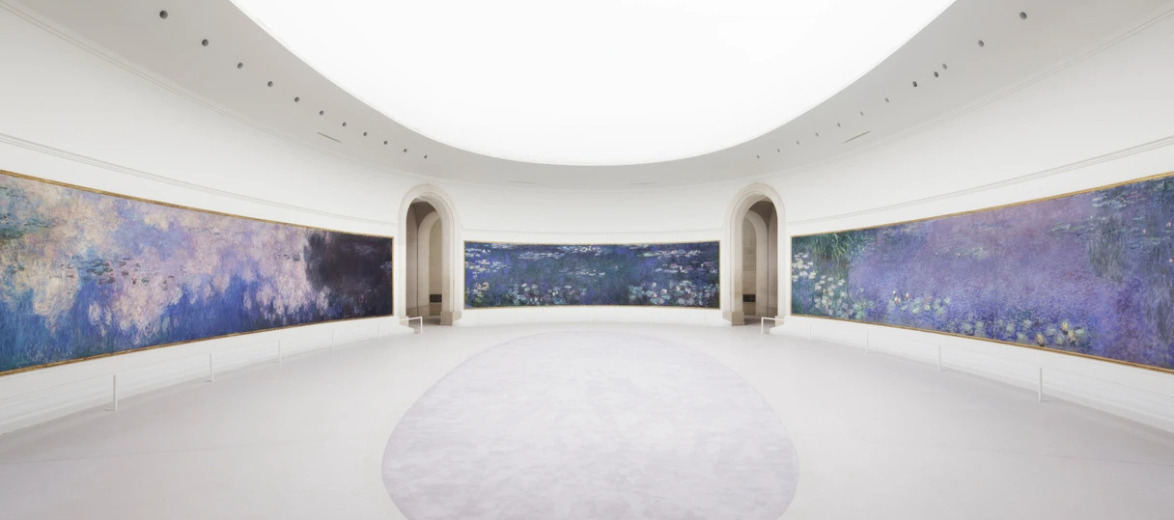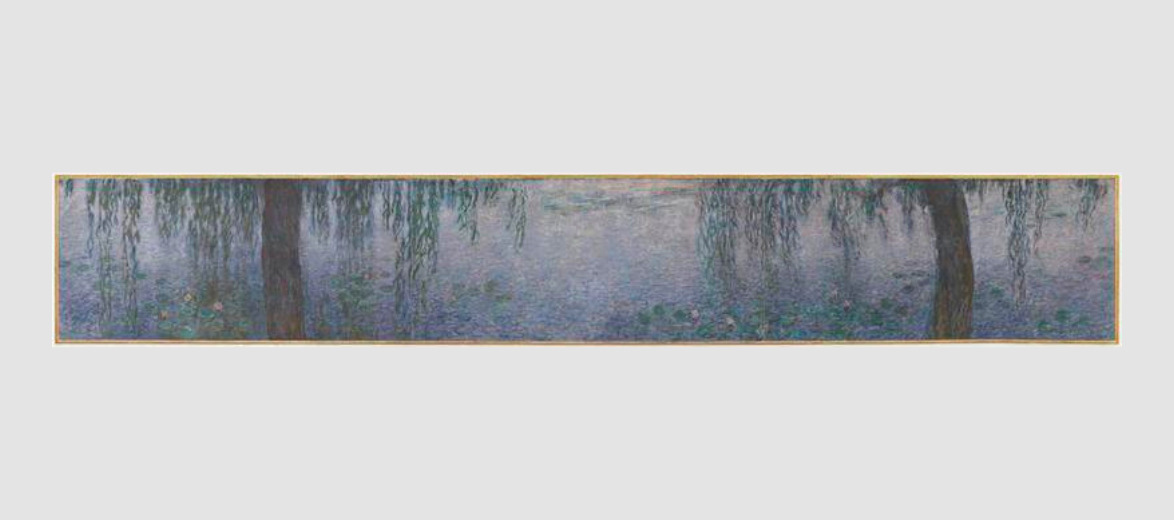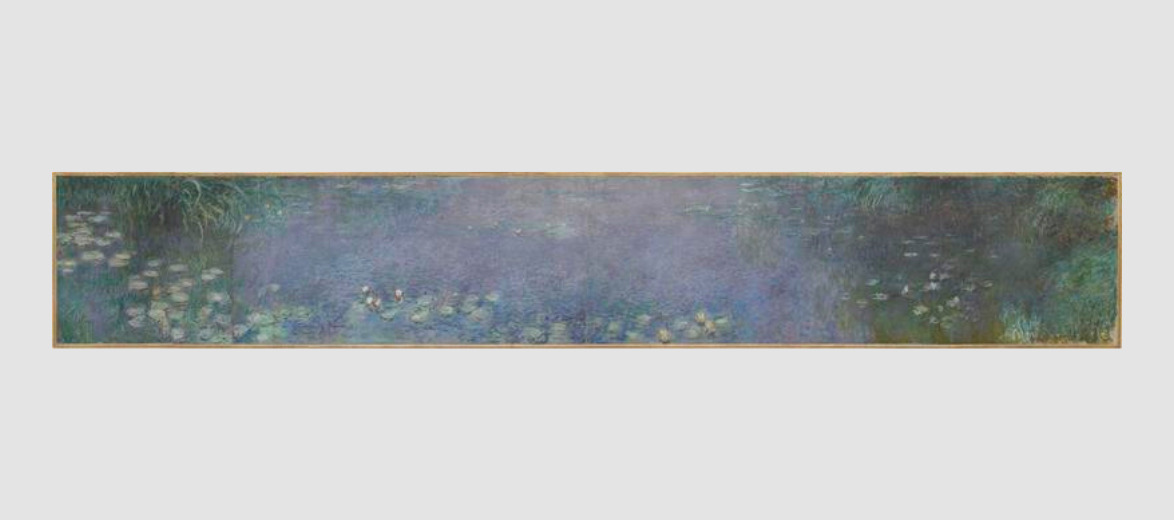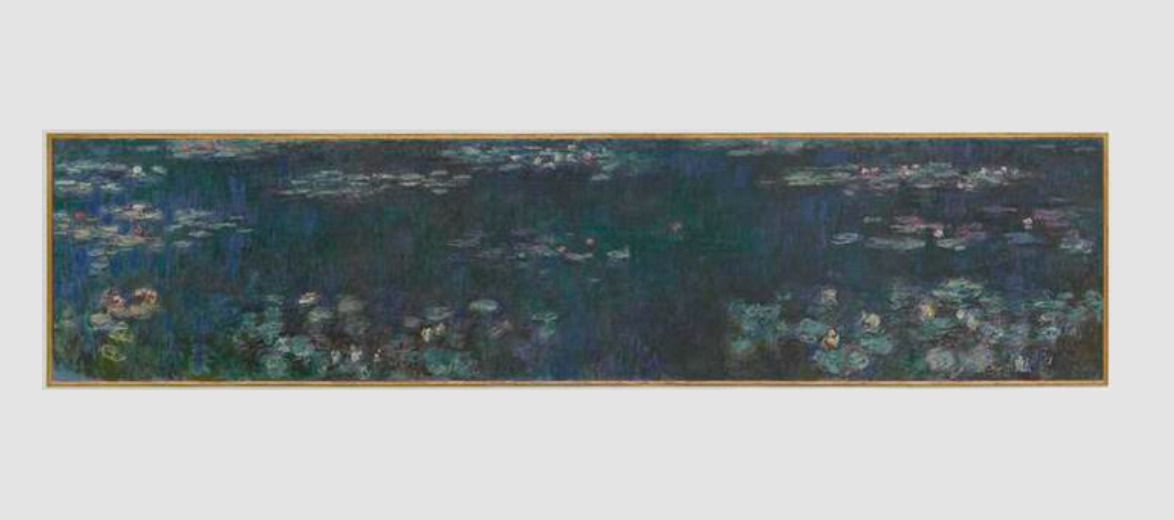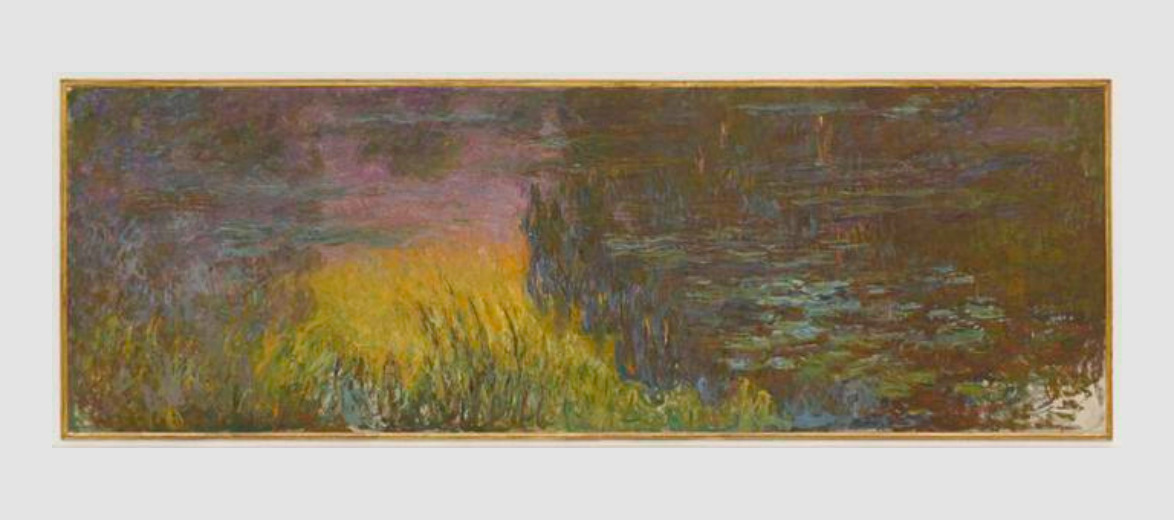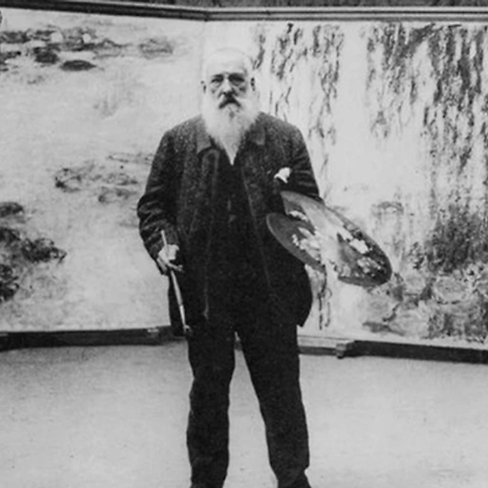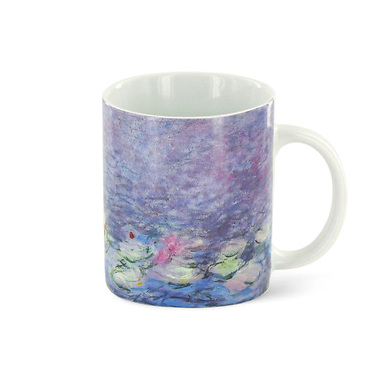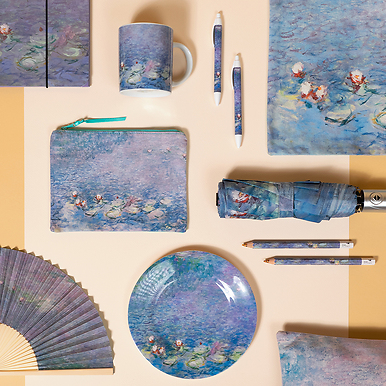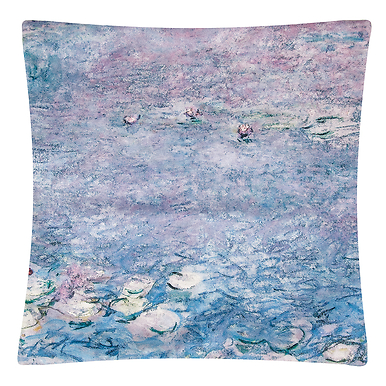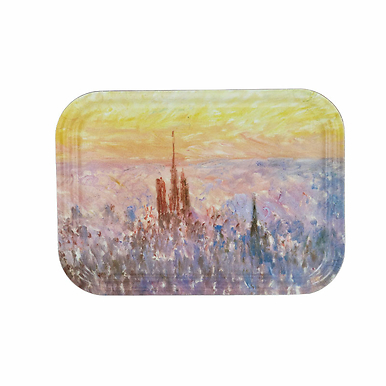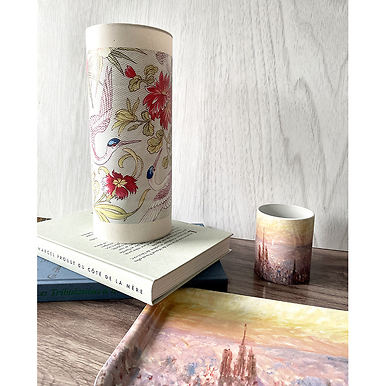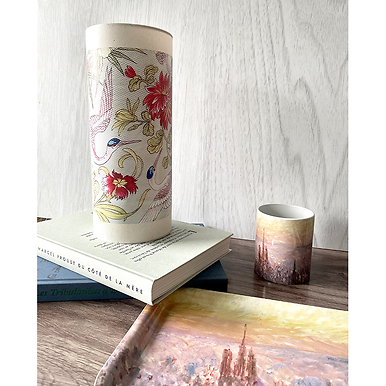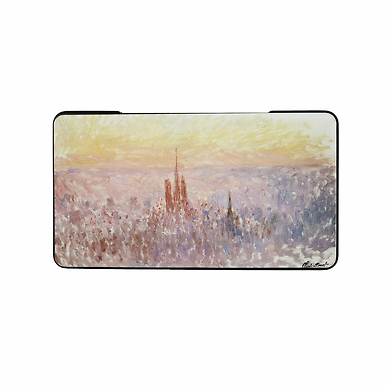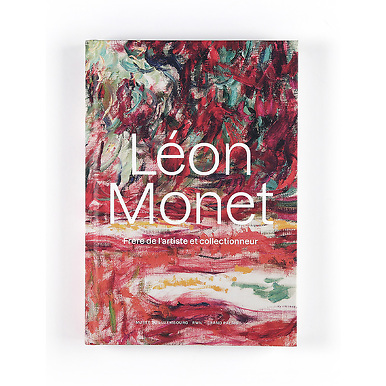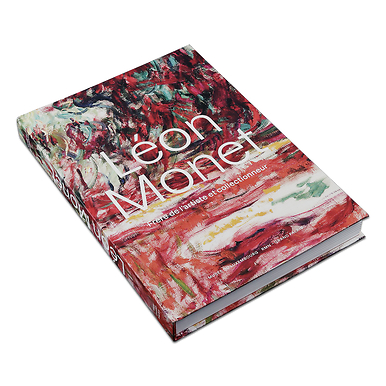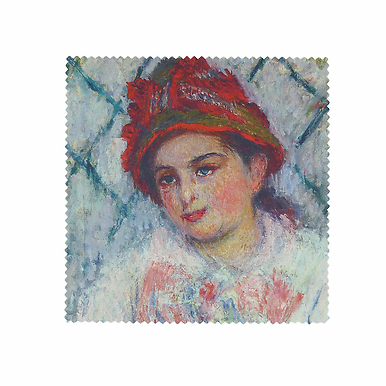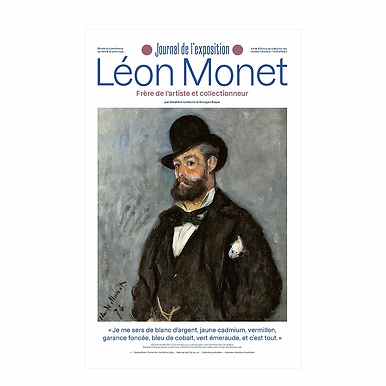Claude Monet (1840-1926)
His career path
In 1883, Monet moved into his property in Giverny, Normandy. It was at this time that he developed the representation of certain subjects in the form of series: haystacks, poplar trees, Rouen Cathedral, and so on.
From the late 1890s until his death in 1926, the painter devoted himself mainly to the Water Lilies cycle, a unique set of which is exhibited in the Musée de l'Orangerie. The artist designed several works specially for the building, and gave the Nation his first two large panels as a symbol of peace on 12 November 1918, the day after the armistice.He also designed a unique space within the museum made up of two elliptical rooms which, as he put it, give the spectator the "illusion of an endless whole, of a wave without horizon and without shore", making the Water Lilies in the Orangerie an element created by the artist that is not found anywhere else in the world.
